Share
Getting Deep with Gina LeVay
Today is Eddie Adams Workshop day on the blog. In addition to being a Pulitzer-Prize winner (who cemented his legacy by taking a photo of General N...

Today is Eddie Adams Workshop day on the blog. In addition to being a Pulitzer-Prize winner (who cemented his legacy by taking a photo of General Nguyễn Ngọc Loan executing a Vietcong prisoner during the Vietman War), Eddie was a prolific shooter and unexpected educator.
Twenty-one years ago, Eddie decided to start a workshop for the top up-and-coming photojournalists at his barn in upstate New York. He gathered all his photojournalism pals and created the premier, tuition-free workshop that helped to shape legions of the world’s great photojournalists like Patrick Andrade, Kristen Ashburn, Lauren Greenfield, Jack Gruber, Chris Hondros, Vincent Laforet, Amy Vitale, and the list goes on and on. The list of students, faculty and staff read like a who’s who of photojournalism in the past 50 years. And it just so happens that three of the PhotoShelter founders (Jason, Grover and me) are alumni of the workshop, and it helped launch the careers of two of them (and validated that I needed to work on my photography some more).
With the recent announcement of the finally legal 21st Workshop class, it seems only appropriate to look back at a few alumni from the recent history who have followed their own vision. Let’s start with Gina LeVay because she’s known to get really, really deep.

Sandhogs. Photo by Gina LeVay
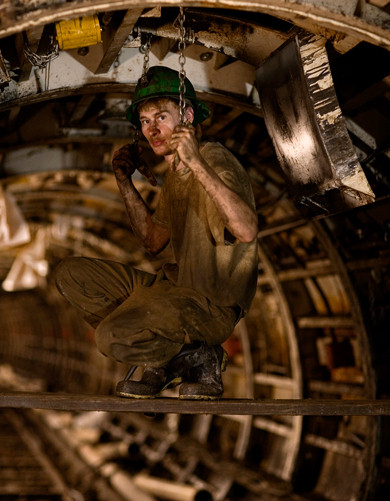
Sandhogs. Photo by Gina LeVay
Your Sandhog Project is a series of portraits of the people that are
building the huge, third water tunnel under New York City. How the heck
did you think of this idea, and what was it like working 800 feet below NYC?
In August 2003, when the infamous [Northeast] Blackout occurred, I was in the
process of deciding what my MFA thesis would be. The Blackout got me
thinking of the infrastructure of NYC and its workers so I started to
research. One of my friends, it turned out, used to work at the DEP (the city agency that runs the tunnel) and he asked me if I had ever
heard of the sandhogs before. I had no idea who they were and had no
idea that the largest capital construction project in NYC’s history
was happening below our feet. The rest is history. I met the
sandhogs and soon became fascinated. After five months of persistence
in convincing the city officials, I was allowed access in the tunnel
and the project developed from there.
Working underground is quite
exhilarating and challenging. It’s damp and there’s always streams of
water dripping from above. It’s very loud, hectic and you have to watch
where you are stepping. You need to find your inner tranquility to
focus on creating your images since it is distracting
and overwhelming with not only the actual construction work but the
dynamic personalities of the sandhogs themselves.
Did you watch Die Hard 3 to prepare?
LOL LOL, I actually have never seen that movie though I hear about it all the time now!
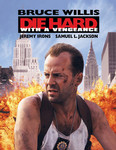
What kind of gear did you haul down there? Did you tweak your gear as
you went along?
I bring my Mamiya RZ67, a few lenses and many 120 film backs. I shoot
mostly film down there, Fuji 800 pro. I also bring my canon digital SLR as well, but it depends on the available light. ( though the 85m 1.2
lens has been fun to shoot with down there). I don’t bring any strobes
or additional light with me, just a tripod if I need longer exposures
(which is almost always). I like to capture the natural light of the
underground construction, which is extraordinary and can be manipulated
dramatically depending on angle and exposures. Sometimes the hogs are
my assistants and will move some flood lights if need be and help me
plan and rig my shots to get the right perspective and timing. I’ve
been consistent with my gear since the beginning though I learned how
to streamline it better and take less bags and other non essential
items down with me. When I first went descended into the tunnel, I
felt like a donkey.
You had a really nice exhibition of your work at Grand Central
Terminal. How did this come about? Did the MTA sponsor this?
When I first conceived of the Sandhog Project I always envisioned a
public art installation that would stop people in their everyday
traffic to realize the simultaneity and complexity of city life.
After three years of working on the project, I expressed my ideas to
the sandhog union and they suggested I send a letter to Grand
Central/MTA to introduce my project and the benefits of an
installation. The timing was just right. The MTA sponsored the exhibit
through the use of Vanderbilt Hall at a discounted rate though I had
many other sponsors who financed the actual construction and production
of the installation. What started out as a simple undertaking
snowballed into months of fundraising, designing, producing and
PR/publicity.
Was it intimidating to be a young woman in a totally male dominated
environment?
Not really, I think it only helped me and I used it to my advantage :).
The sandhogs always have been wonderful and collaborative with my work
and ideas.
Speaking of which, your newest project is covering female bull
fighters in Spain. How did this project
come about?
I saw my first bull fight in 2000 when I was living in Madrid, though
at that time I had no idea either that female bullfighters existed.
Five years later I was heading back to Spain for the Photo Espana
Festival (my sandhog work was in the festival) and I was eager to
embark on a new project. I was still intrigued by this antiquated
“art form” in modern times and wanted to find a contemporary spin on
it. I did some research and discovered there were only a handful of
women who were pursuing it. When I got to Spain that year I scheduled
a meeting with a writer, who wrote a book on women in the bull fighting
world, and she was fundamental in giving me contact info for the
female bullfighters.
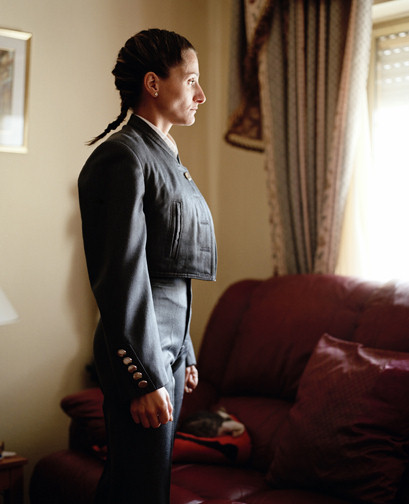
Las Torreras. Photo by Gina LeVay
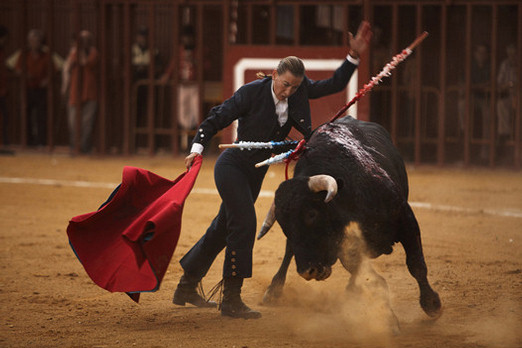
Las Torreras. Photo by Gina LeVay
Are these projects self-financed? If so, what is your motivation to
keep doing them? Do they act as marketing vehicles for future work?
Yes, they start out self-financed and then the money I make from the
projects along the way is used to finance the project’s future
development. My motivation is simply my desire to explore, discover
and create work. I’m inspired by the diversity and energy of people
and these projects allow me to be a receptive sponge to new experiences
and visual stimulus. It keeps my perspective open and my ideas fresh.
Absolutely they are marketing vehicles…. It’s a great way to
showcase your atheistic and style of shooting. The Sandhog Project,
for instance, definitely had a role in my PDN 30 and other awards early
on, which ultimately helped launch my career.
You’ve done a bit of commercial work. I like that SuperGA photo. What’s it like to shoot a nude model with a pair of shoes hanging off her? Any funny stories?
It was entertaining to see how my normally extroverted and studly crew was quite shy and intimated on set-no eye contact or lively chat. No good set-up shots, unfortunately my assistants refuse to derobe for it. Despite cranking the heat to like 90 in the studio for the model’s comfort and challenge to get those shoes in the right position, the shoot was a fun experience. Just make sure your model feels comfortable, has a robe handy at all times and underwear she doesn’t mind cutting…
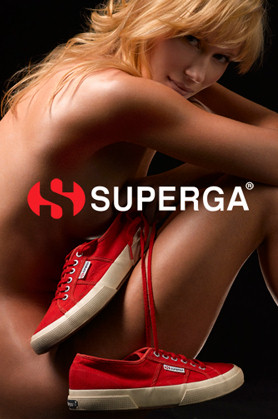
Photo by Gina LeVay
I saw you doing a series of demos for a camera manufacturer at PhotoPlus Expo last year. Is the speaking circuit a lucrative way to finance your photography?
Well, I think it depends on for whom and where you are speaking, though I wouldn’t use the word lucrative to describe it but it’s totally decent and sharing your work is a rewarding experience.
Your work of surfer John John Florence for Outside magazine has a very cool contemporary look to it. The lighting is really nice and subtle. What’s your strategy in taking this type of photo? What’s your philosophy on lighting?
Simple lighting that communicates your idea and vibe of the image is the best type of lighting. First, think of your subject, what is it that you want to say, and then sculpt with the lights to realize that vision. Many times the natural and reflective lights are gorgeous and there is no need to over light but rather only embellish what’s already there, like the surfer shot.
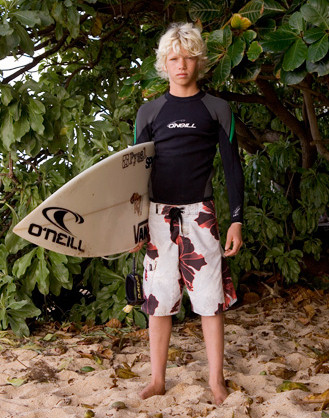
Photo by Gina LeVay
We were at the Eddie Adams Workshop at the same time in 2003. Do you remember me?
hmmmmmmmmmmmmmmmmmmmmm, no
Story of my life.


